Rising Construction Activities
The steel roofing market experiences a notable boost due to the increasing construction activities across the United States. As urbanization continues to expand, the demand for new residential and commercial buildings rises. In 2025, the construction sector is projected to grow by approximately 5.5%, which directly influences the steel roofing market. Steel roofs are favored for their durability and longevity, making them a preferred choice among builders and architects. This trend is further supported by the growing preference for sustainable building materials, as steel is recyclable and environmentally friendly. Consequently, the steel roofing market is likely to benefit from this construction boom, as more projects incorporate steel roofing solutions to meet modern building standards.
Growing Demand for Aesthetic Versatility
The steel roofing market is increasingly influenced by the growing demand for aesthetic versatility in roofing materials. Homeowners and builders are seeking roofing solutions that not only provide durability but also enhance the visual appeal of structures. Steel roofs are now available in a variety of colors, styles, and finishes, allowing for greater customization. In 2025, it is anticipated that approximately 40% of new roofing projects will incorporate steel roofing due to its aesthetic flexibility. This trend suggests that the steel roofing market is adapting to consumer preferences for both functionality and design, thereby expanding its market reach and appeal.
Increased Awareness of Climate Resilience
The steel roofing market is witnessing a surge in demand due to heightened awareness of climate resilience among consumers and builders. As extreme weather events become more frequent, the need for durable roofing solutions has become paramount. Steel roofs are known for their ability to withstand harsh conditions, including high winds and heavy snowfall. In 2025, it is projected that the market for steel roofing will grow by 7% as more homeowners seek reliable roofing options that can endure climate challenges. This trend indicates a shift in consumer preferences towards materials that offer enhanced protection and longevity, thereby benefiting the steel roofing market.
Government Incentives for Energy Efficiency
Government initiatives aimed at promoting energy efficiency significantly impact the steel roofing market. Various federal and state programs offer incentives for using energy-efficient materials, including steel roofing. These incentives may include tax credits, rebates, and grants, encouraging homeowners and businesses to invest in steel roofing systems. In 2025, it is estimated that around 30% of new roofing installations will take advantage of these incentives, thereby enhancing the market's growth. The steel roofing market stands to gain from these policies, as they not only reduce upfront costs but also promote long-term energy savings, making steel roofs an attractive option for consumers.
Technological Innovations in Roofing Solutions
Technological advancements play a crucial role in shaping the steel roofing market. Innovations such as improved coating technologies and enhanced manufacturing processes have led to the development of more efficient and durable steel roofing products. In 2025, the introduction of smart roofing technologies, which integrate sensors for monitoring roof conditions, is expected to gain traction. These innovations not only improve the performance of steel roofs but also appeal to tech-savvy consumers looking for modern solutions. The steel roofing market is likely to see increased adoption of these advanced products, as they offer enhanced functionality and longevity, aligning with contemporary consumer demands.


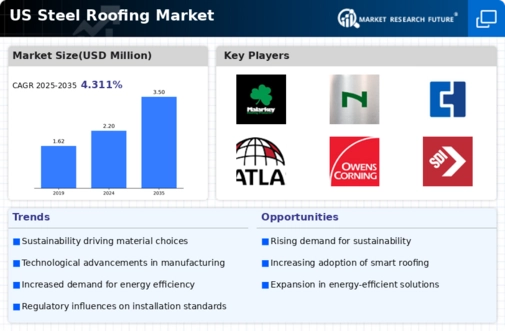

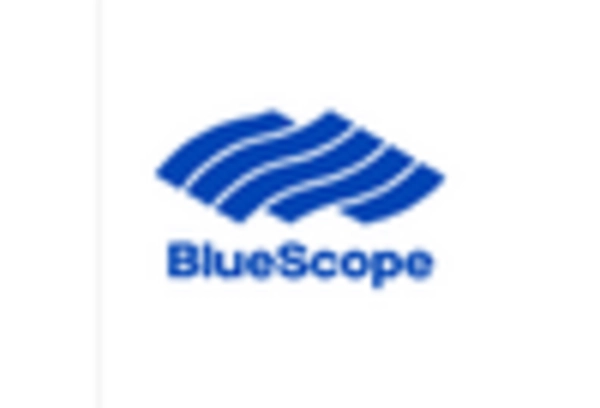
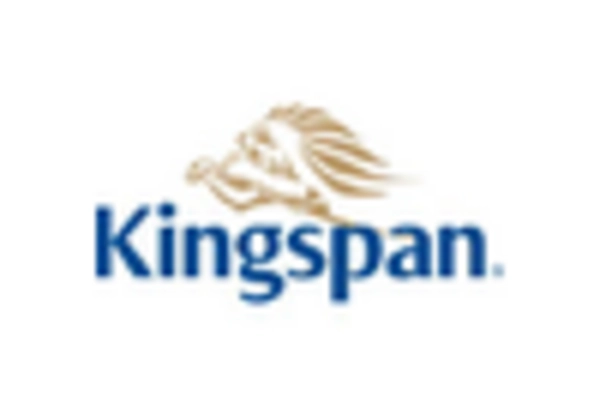
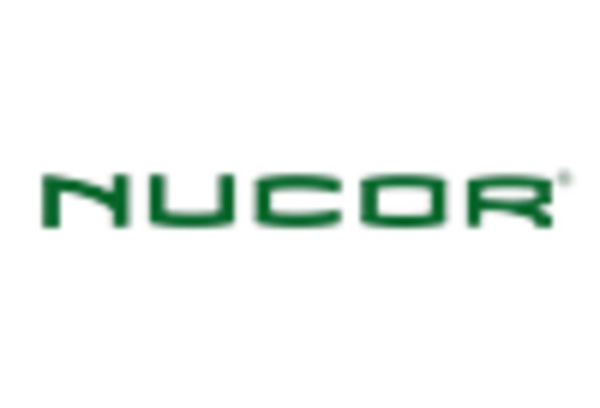
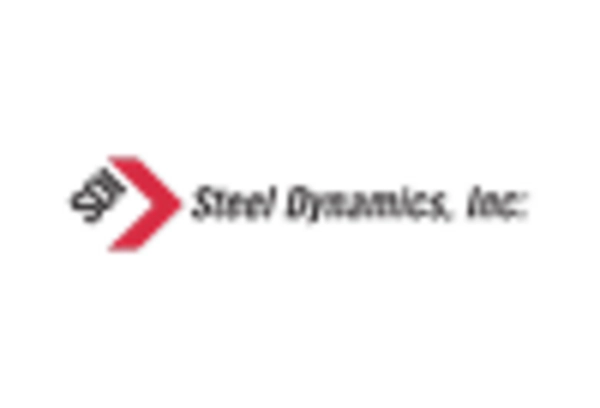
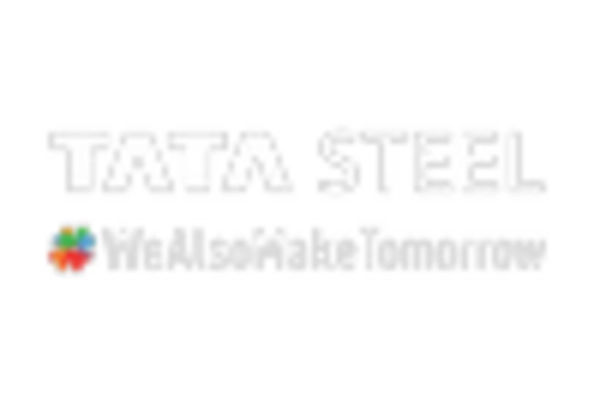








Leave a Comment